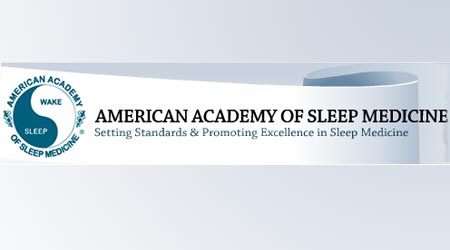Parasomnias incidents are not that common among children who enter their adolescent period. However a recent study indicates that parasomnia among preadolescents may continue into their teens. Experts share that the rate of persistence after five years was 29 percent for children with bedwetting and 27 percent for children with sleepwalking. Including overall parasomnias, the children showed a prevalence of 2.6 and 3.1 percent respectively.
Experts shared that new cases for sleepwalking were 3.2 percent and for bedwetting they were less than one percent. Bedwetting is apparently an embarrassing problem among adolescents but a variety of treatments are available that may lessen the problem by adulthood. Parents can visit AASM-accredited sleep disorders center in order to get assistance for their child’s or teen’s sleep problems.
“Current wisdom was that most of these behaviors remitted by adolescence. Our data indicate that in a number of children, they will persist. Because parasomnias such as sleepwalking can be injurious as children grow older, parents need to be cognizant and be prepared to protect them from injury,†mentions principal investigator Stuart F. Quan, MD, professor emeritus of medicine at the University of Arizona in Tucson, Ariz.
The study involved 310 children in the Tucson Children’s Assessment of Sleep Apnea Study (TuCASA). They enlisted children between 6 and 11 years for a primary analysis. After a mean interval of 4.6 years these children were assessed and at both time points parents were asked to fill surveys which included questions about the participants sleeping habits.
This study highlighted that cases of sleep terror persisted into adolescence. Sleep talking was a common problem which prevailed at 22.3 percent and continued into adulthood among 46 percent of cases. Sleep talking also known as somniloquy is observed to be a normal variant. It is linked with parasomnias, and can occur with different degrees of understanding. Quan shares that sleep talking is a small problem and does not need any treatment.
The International Classification of Sleep Disorders, Second Edition reveals that sleep walking, sleep terrors and bedwetting also called sleep enuresis are classified as parasomnias. This group of 12 sleep disorders involves undesirable behaviors that occur while falling asleep, during sleep or while waking up.
Children who sleep walk may have greater chances of risk as they may walk towards a window or even go outside. When the child faces sleep terror he/she sits up on the bed and has an intense look on their face and may scream or cry. If bedwetting occurs twice a week during sleep after 5 years, then it is considered to be a disorder.
This study was presented on Monday, June 7, 2010, in San Antonio, Texas, at Sleep 2010, the 24th annual meeting of the Associated Professional Sleep Societies LLC.

